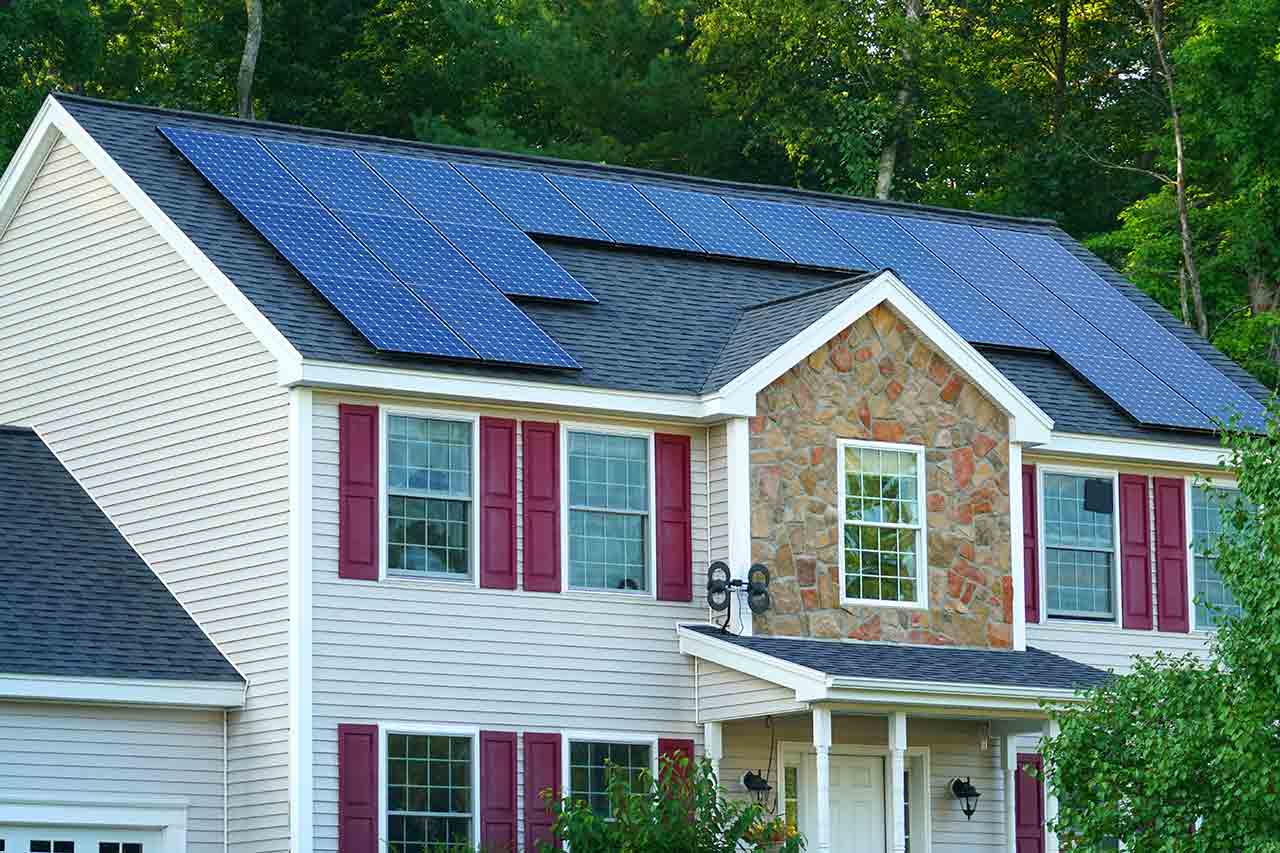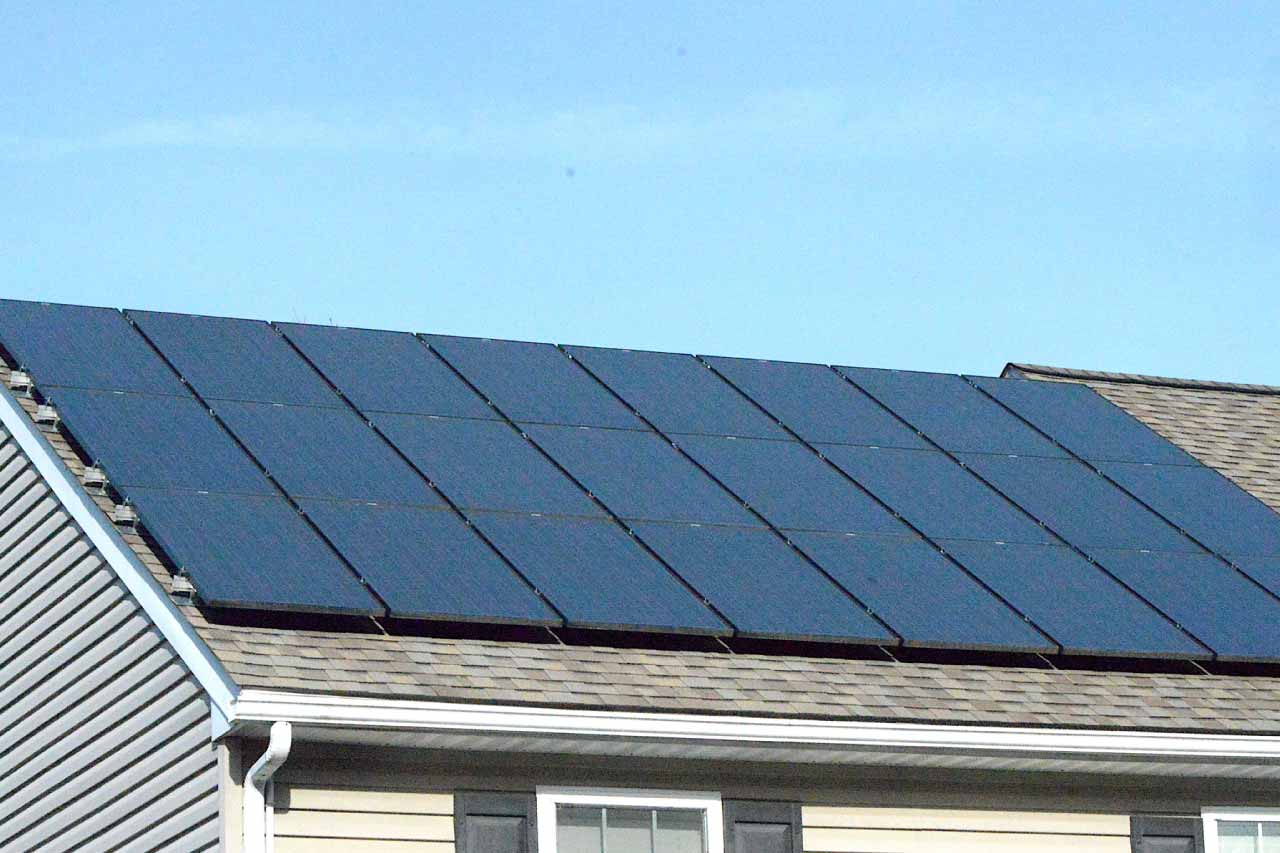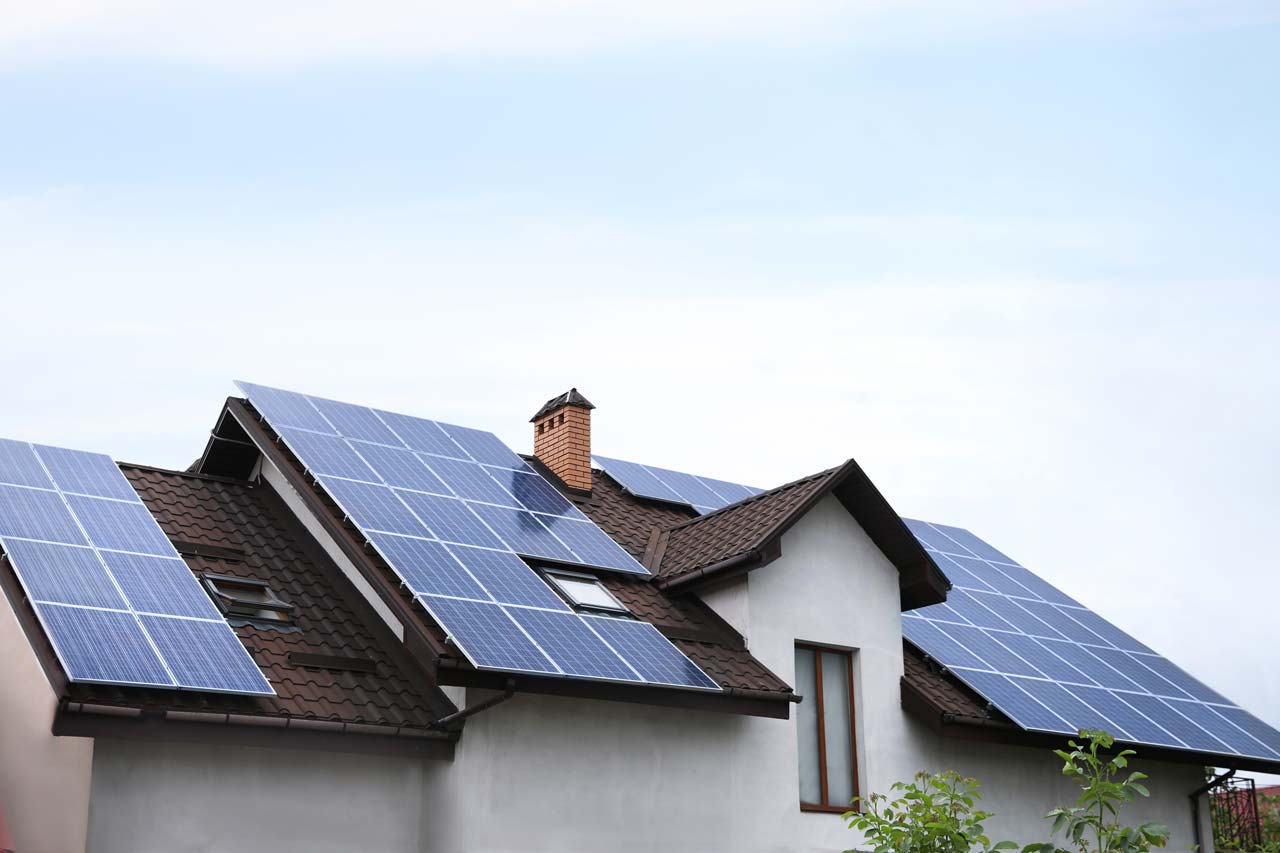
Auto Transport - United Freight Of America
Auto Transport - United Freight Of America
United Freight of America is your all inclusive transport solution. CONTACT US FOR A QUOTE. please include pick up and Drop off locations and vehicle information
"Excellent, no problems. My car was new the first year I used the service and there has never been any damage during the transports. The men picking up and delivering the car have always been pleasant and cooperative. Both Ely and Guy at United Transport has been highly responsive to my needs. I would highly recommend this company."
CLAUDIA H on October 2021
United Freight of America is your all inclusive transport solution. CONTACT US FOR A QUOTE. please include pick up and Drop off locations and vehicle information
"Excellent, no problems. My car was new the first year I used the service and there has never been any damage during the transports. The men picking up and delivering the car have always been pleasant and cooperative. Both Ely and Guy at United Transport has been highly responsive to my needs. I would highly recommend this company."
CLAUDIA H on October 2021









